Have you ever imagined the Parthenon in Athens as anything other than its iconic marble white? It might come as a surprise, but this epitome of ancient Greek architecture was once a vibrant canvas of colors. Yes, you read that right! The stoic and serene structure that draws millions of visitors today once basked in a myriad of bright hues. Let’s dive into this colorful history and shed some light on a lesser-known aspect of the Parthenon.


The Discovery of Color
It was long believed that ancient Greek structures, including the Parthenon, were white, reflecting simplicity and purity in design. However, research and technological advancements in the past few decades have painted a different picture. Traces of color were found on the sculptures and friezes of the Parthenon, revealing that our ancestors were not shy about using colors in their architecture.
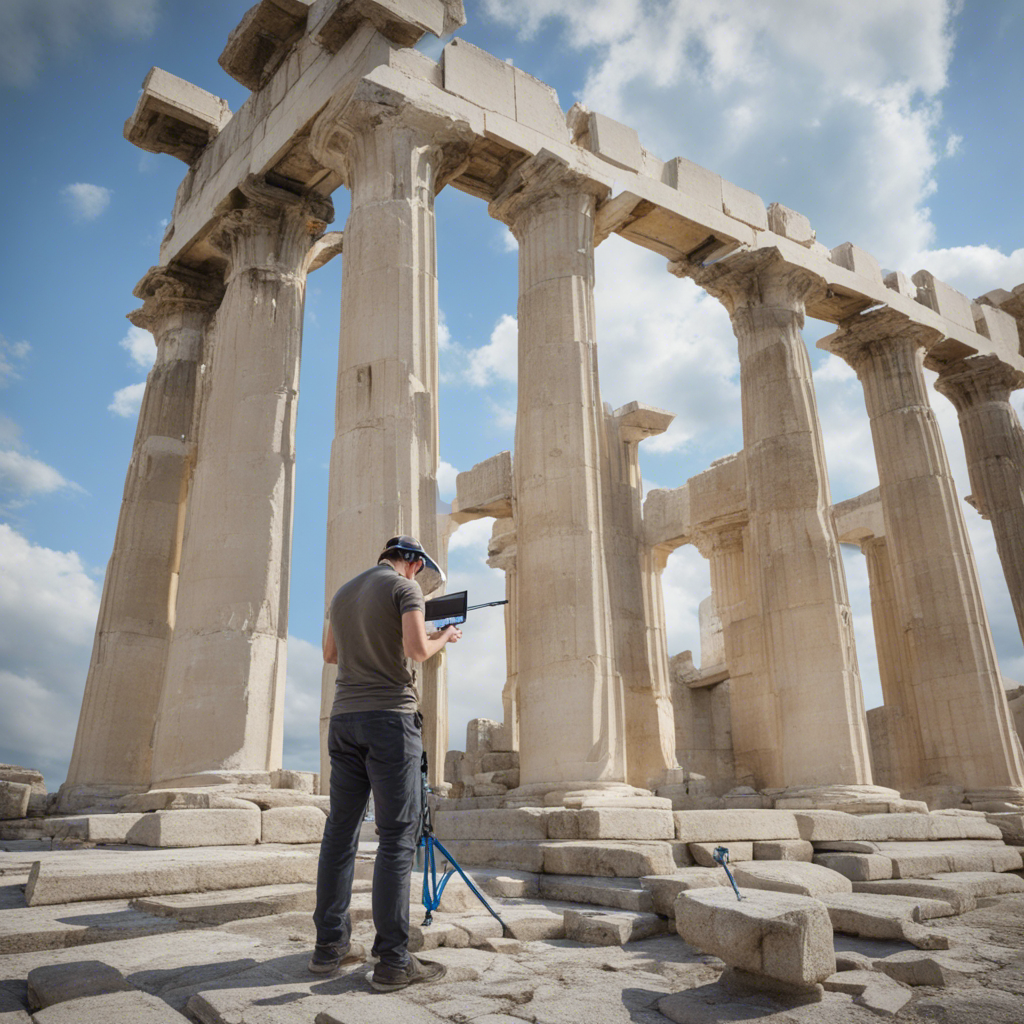
The use of ultraviolet light and microscopic analysis has confirmed the presence of blues, reds, greens, and golds adorning this ancient masterpiece. These colors were not just random or decorative but held significant meanings and were integral to the overall aesthetics of the structure.
Techniques and Pigments
The Greeks used natural pigments and sophisticated techniques to bring color to the Parthenon. They obtained reds from iron oxide, blues from lapis lazuli, and yellows from ochre. These pigments were mixed with binders like egg or honey, creating durable colors that could withstand the test of time, at least until natural and human-induced wear took their toll.
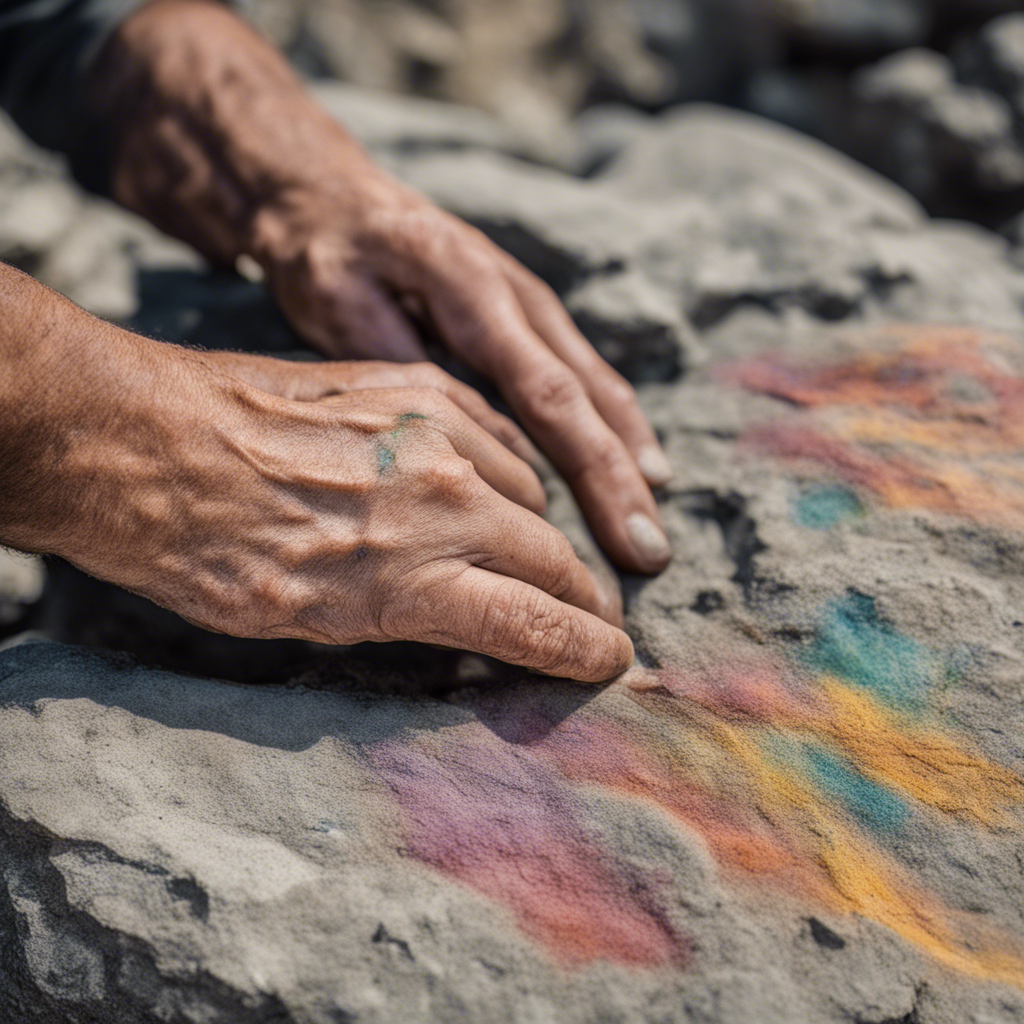
Interestingly, the colors also served a practical purpose. They helped to accentuate the intricate details of the sculptures, making them more visible from a distance and adding a layer of storytelling that was otherwise lost in plain marble.
The Meaning Behind the Colors
The colors on the Parthenon were not just for show. They carried deep symbolic meanings. Blue represented the sky and the sea, essential elements in Greek culture and mythology. Red might have symbolized blood, power, or the earth, while gold highlighted the divine or the enlightened. Understanding the use of color in Greek architecture provides insight into their society, culture, and beliefs.
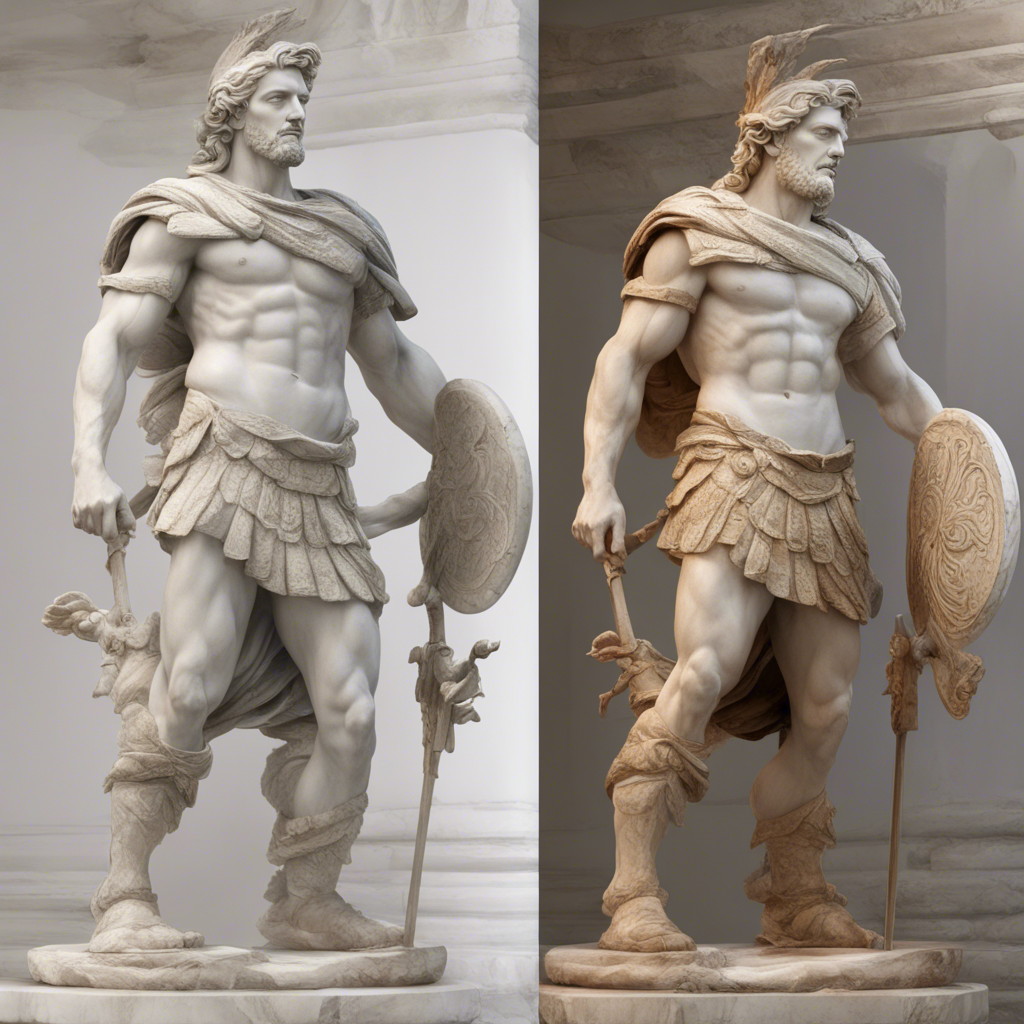
A New Perspective on the Parthenon
This revelation about the Parthenon’s colorful past invites us to view not just this monument but all of ancient Greek architecture in a new light. What was once considered a testament to minimalism and purity is now seen as a vivid expression of life, culture, and spirituality.
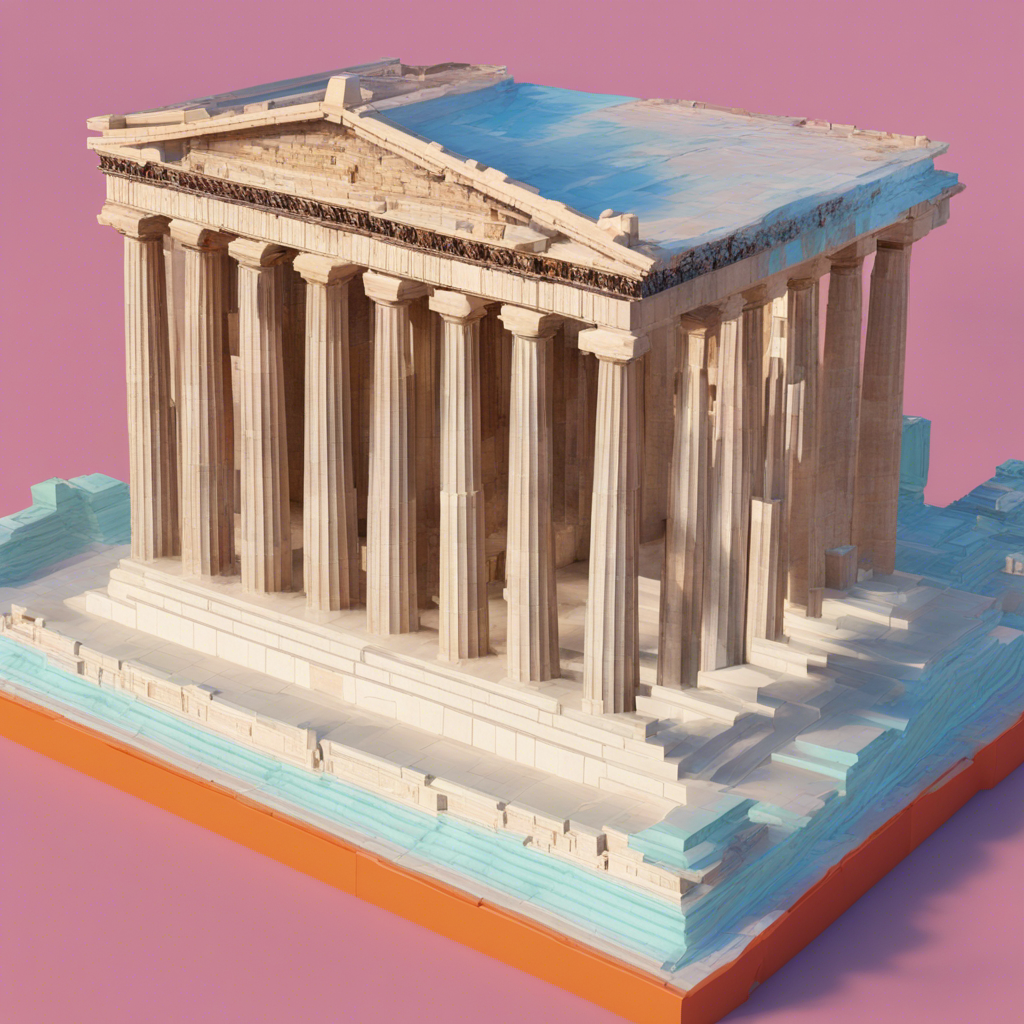
It’s fascinating how our perception of history can change with discoveries. The Parthenon’s colors might have faded, but they have opened up a vibrant new chapter in our understanding of the past. It makes you wonder what other secrets lie hidden, waiting to be uncovered.
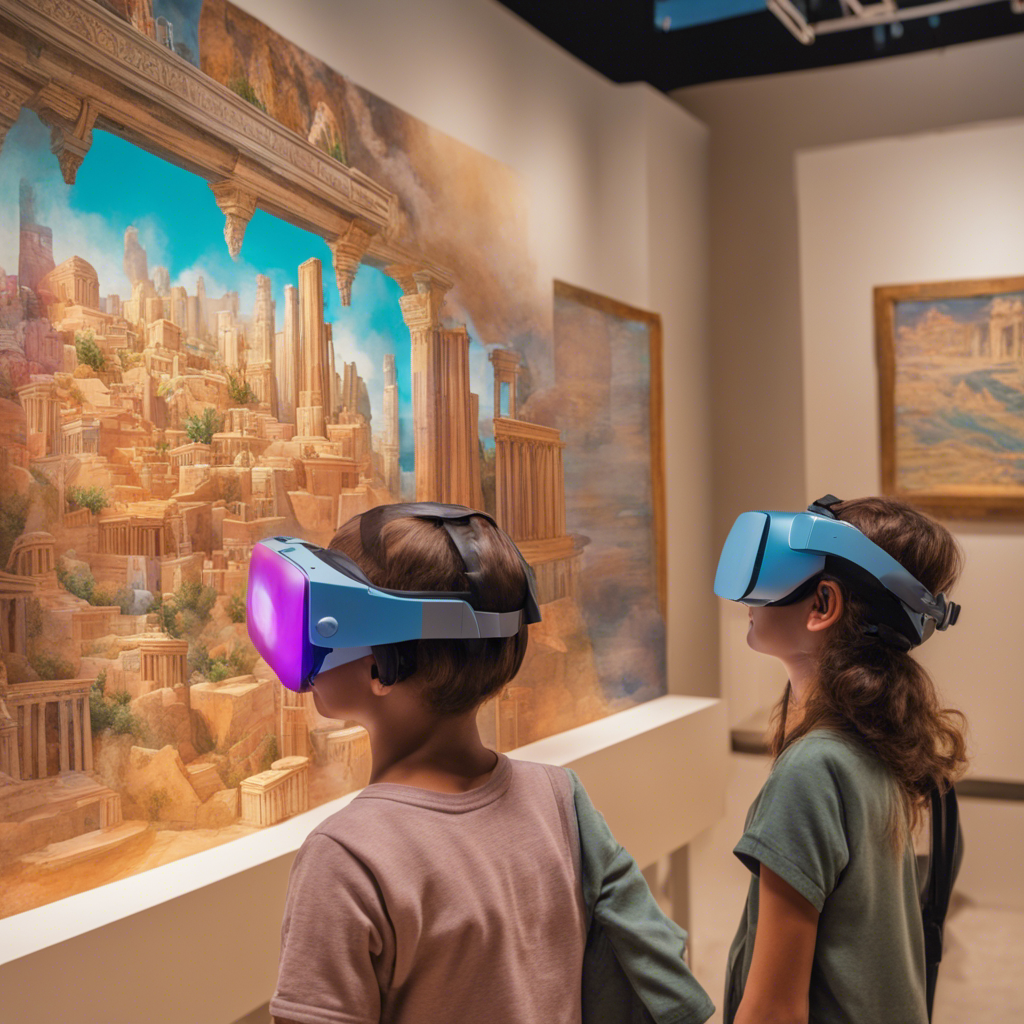
In essence, the Parthenon was not just a marvel of architectural engineering but a beacon of color and creativity. It stood as a testament to the artistic prowess and visionary minds of the ancient Greeks. As we continue to uncover more about our past, let’s remain open to changing our perspectives and appreciating the depth and diversity of human history.
So, the next time you gaze upon the Parthenon, whether in person or pictures, try to imagine it in its original splendor—a dazzling spectacle of colors, telling stories of gods, heroes, and the everyday life of ancient Greece. It’s a small reminder that history is not always set in stone; sometimes, it’s painted in a multitude of colors.
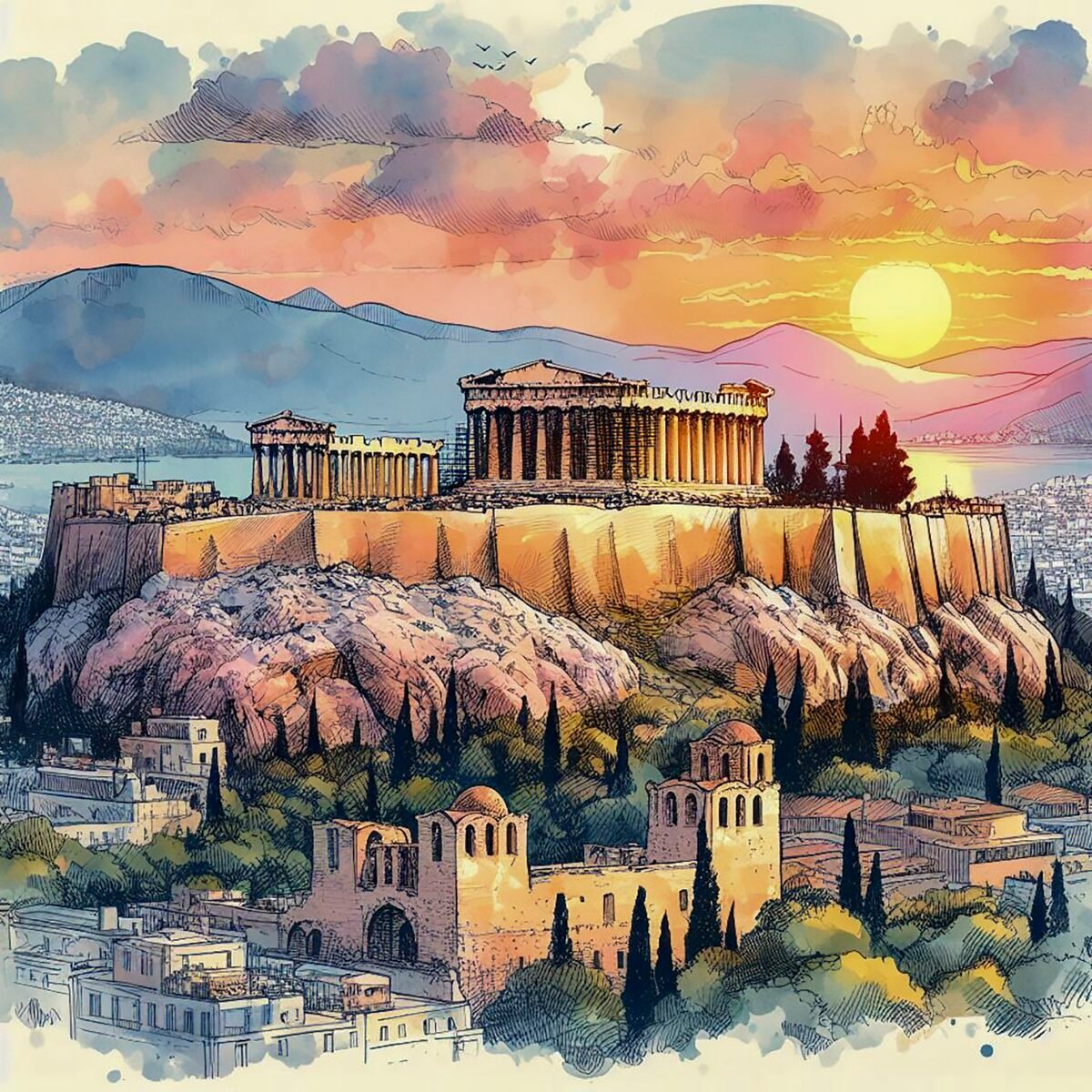
Leave a Reply